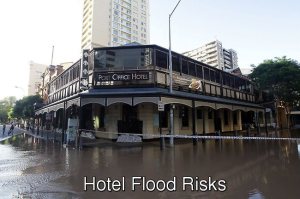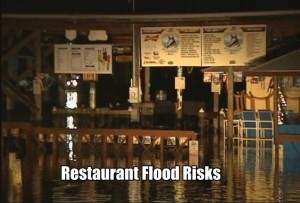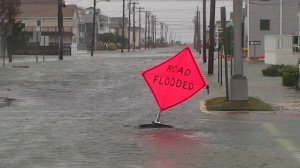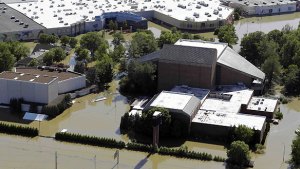“…when it comes to water damage, trust the experts…hotels in New Orleans made it through Katrina and Gustav with clear emergency plans in place. And where there is water, there’s potential for mold.”
 “Mold and water damage may be confounding to many hotel managers because it is not something one customarily knows a lot about,”
“Mold and water damage may be confounding to many hotel managers because it is not something one customarily knows a lot about,”
Hotels in the affected areas felt Hurricane Sandy’s hardest punch Monday night, but as properties from the East Coast to the Midwest deal with storm damage and after-effects, it’s worth it to revisit safety and security procedures for everything from water damage to dealing with irate guests. Here’s a quick roundup of articles from current sources and Hotel Management’s archives to help navigate the storm:
CRISIS COMMUNICATIONS
First off, Eblin Group’s Scott Eblin shares the five tips leaders can glean from New York City’s Mayor Michael Bloomberg about crisis communications. The gist: project quiet confidence, be consistent and frequent, be relevant, make specific requests, and put the team front and center.
Next check out “Crisis situations call for clear communication plans” from the Hotel Management archive.
CLEANING UP
Learn from hoteliers who dealt firsthand with Hurricane Katrina; when it comes to water damage, trust the experts. From “Lessons learned in the Big Easy,” (Hotel Management, 2009) see how hotels in New Orleans made it through Katrina and Gustav with clear emergency plans in place.
And where there is water, there’s potential for mold. Check out the EPA’s list of ten things to know about mold here, as well as resources for flooding and mold remediation. (Scroll to the bottom of the article).
It will take some time to assess flood damage following Hurricane Sandy, but one lesson hoteliers have learned over the years is to hire the experts when it comes to mold damage. As Colin Reed, Gaylord Entertainment’s chairman and CEO, said following the extensive Gaylord Opryland flooding in 2010, “flood damage requires an extraordinarily complicated repair process.”
Not only is the repair process something best left to experts, the legal issues also may be too murky to handle on your own. “Mold and water damage may be confounding to many hotel managers because it is not something one customarily knows a lot about,” said Karen Morris, a lawyer specializing in hotel litigation and Hotel Management’s legal columnist. “The good news is that managers do not need to be even semi-experts in this field. Rather, hire an expert and follow his/her advice concerning frequency of inspections, methods of inspection, and necessary clean up.â€
So what about insurance claims? Check out Hotel Management archived articles about contingent business interruption coverage and steps for handling an insurance claim.
For more:Â http://www.hotelmanagement.net/property-security-and-safety/what-you-need-to-know-about-cleaning-up-after-sandy
 motel rooms got more than three-feet of water. Patel said it was more like 2.5 feet this time…Â Fortunately, she and her husband – who purchased the motel in 1978 – have flood insurance as 2011 damages totaled $120,000 including new carpet, paint, linens, drywall and more…”
motel rooms got more than three-feet of water. Patel said it was more like 2.5 feet this time…Â Fortunately, she and her husband – who purchased the motel in 1978 – have flood insurance as 2011 damages totaled $120,000 including new carpet, paint, linens, drywall and more…”







